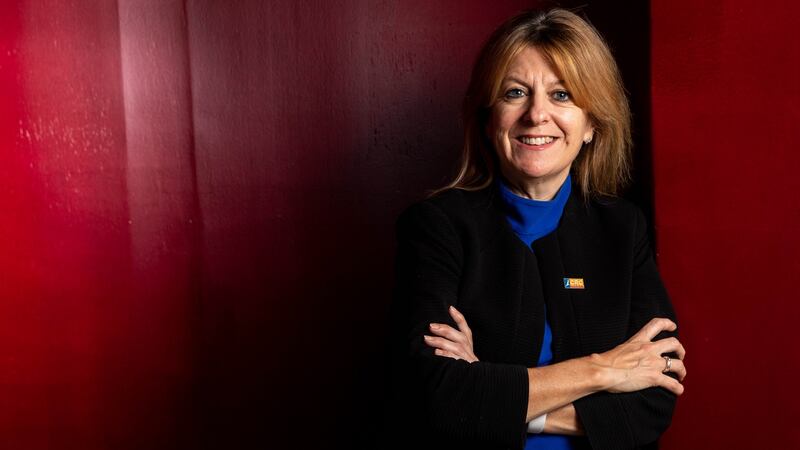The Irish voluntary healthcare sector has been at the forefront of the fight against Covid-19 bringing innovative solutions to the new challenges presented by the pandemic. Ibec represents more than 200 public sector organisations, many of them in the voluntary healthcare sector.
Two of these organisations, the Central Remedial Clinic (CRC) and Tallaght University Hospital (TUH) have been able to utilise their voluntary status to respond to problems with remarkable speed and agility.
"We had to transform our services overnight," says CRC chief executive Stephanie Manahan. "We support some of the most vulnerable people in society. Our two special schools were closed, and the pupils' routine were completely disrupted. We set up an online virtual day centre and moved a lot of the classroom and group work online. We had more than 20,000 telephone, Zoom and socially distanced face-to-face interactions during the lockdown. We have a fleet of vans and our staff were able to go out on the road to provide face-to-face services. It was quite exciting in some ways."
The focus was on maintaining connections with and services to clients. “Some of our clients may not be able to speak or use technology,” Manahan explains. “We had to come up with innovative ways of connecting with them. Technology gave us an incredible opportunity to change for the future. We can provide more services than ever before. We can engage with people with some of them in the room and some online.”
Technology investment
That required some expenditure. “We had to invest in technology,” she points out. “We were lucky to get some grants to support our clients with technology. We were also about to access funds through our charitable activities. Part of the beauty of the voluntary sector is that it can access financial supports in that way.”
Covid-19 created opportunities for innovation at TUH according to chief executive Lucy Nugent. "Never waste a crisis, my mother says. It's been very interesting. We've seen a lot of bureaucracy swept aside and have been able to get projects off the ground very quickly. We have a new five-year strategy in place and its sixth pillar is innovation. That has really come into its own."

She highlights a few of the innovations which the hospital has deployed in recent months. This includes the use of video streaming glasses to create virtual ward rounds. “With other people wearing the glasses the doctors can see, hear, and speak with patients. We are better prepared now for an increase in cases thanks to this technology.”
The hospital also had to increase the number of ICU beds very quickly. "We expanded into the operating room," says Nugent. "It's not an ideal environment but we had to cater for the additional cases. We used Amazon Echo technology to help with communications between staff who had to wear PPE throughout the day. We gave tablet computers to patients to allow them talk to loved ones. We had to restrict visits, and patients and their family were worried. The tablets helped greatly."
Email and apps
The Chat with the Chaplain app has been a very popular innovation. “This has been really great for patients and their families.”
A very simple use of technology has seen the hospital encourage family and friends to email messages to patients. “We print them and pin them up on the wall for people to see. We’ve had grandchildren emailing from the US and so on. We also have a virtual outpatients app which allows people to attend from anywhere. My 92-year-old mother said it was great and asked why it wasn’t there all the time.”
The CRC has also benefited from new technologies. “We have been able to run clinics more efficiently,” Manahan explains. “You can run two clinics simultaneously with some people online and others in the room. Some of these changes would have taken years to accomplish before this. We have also seen other changes. We have experience of clients who used to sit in the corner and didn’t participate because they don’t like group work but have had no problems engaging online. People have stepped up and embraced the technology.”
“It has been a very difficult period but some good has come out of it,” Nugent adds. “There are a lot of things we are doing better now, and we are not going back.”









